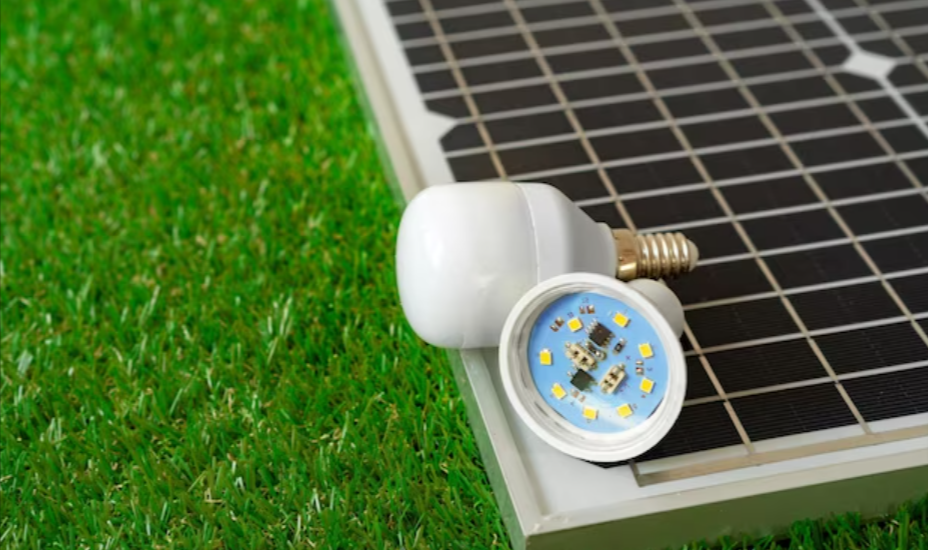Exploring the Impact of Rainfall on Solar Light Performance
Solar lights have become a popular and eco-friendly solution for outdoor lighting. They harness the power of the sun to charge during the day and provide illumination at night. However, one common question that arises is whether solar lights can charge on rainy days. In this article, we will explore the impact of rainfall on the charging capabilities of solar lights and provide tips for maximizing their performance even during inclement weather.
How Solar Lights Work
Before delving into the impact of rain on solar light charging, it’s important to understand how solar lights work. Solar lights consist of several key components, including photovoltaic cells, a rechargeable battery, and an LED light source. The photovoltaic cells convert sunlight into electrical energy, which is then stored in the battery for later use. When the sun sets, the LED light source is activated, utilizing the stored energy to provide illumination.
The Impact of Rain on Solar Light Charging
Photovoltaic Cells and Rainwater
Rainwater can have varying effects on the performance of photovoltaic cells. While rain can help clean the surface of the solar panels, removing any dust or debris that may hinder the absorption of sunlight, heavy rain can also reduce the amount of sunlight reaching the cells and subsequently decrease their efficiency. Additionally, if rainwater accumulates on the surface of the solar panels, it can create a barrier that hampers the charging process.
Light Intensity and Rainfall
The intensity of rainfall directly affects the amount of sunlight reaching the photovoltaic cells. Heavy rain or dark storm clouds can significantly reduce the amount of available sunlight, thereby diminishing the charging capabilities of solar lights. However, it’s worth noting that even on cloudy or rainy days, some amount of sunlight can still penetrate through the clouds and be converted into electricity.
Quality of Solar Light Components
The quality of the components used in solar lights also plays a crucial role in their performance during rainy days. High-quality solar lights are designed to withstand various weather conditions, including rain. They are equipped with waterproofing features that protect sensitive components from water damage. On the other hand, low-quality solar lights may be more susceptible to water infiltration, leading to reduced performance during rainy weather.
Tips for Optimizing Solar Light Performance during Rainy Days
To ensure optimal performance of solar lights even on rainy days, consider implementing the following tips:
Placement and Orientation
Proper placement and orientation of solar lights are key factors in maximizing their charging capabilities. Ensure that the solar panels receive as much direct sunlight as possible by placing the lights in areas with minimal obstructions such as trees or buildings. Additionally, orienting the solar panels towards the south (in the Northern Hemisphere) or north (in the Southern Hemisphere) can optimize sunlight absorption.
Regular Maintenance
Regular maintenance is essential for keeping solar lights in optimal condition. Clean the solar panels periodically to remove any dirt or debris that may accumulate and hinder sunlight absorption. Inspect the lights for any signs of damage or wear and replace any faulty components as needed. Regular maintenance will ensure that your solar lights perform efficiently, even during rainy weather.
Backup Power Options
Consider incorporating backup power options for your solar lights to compensate for reduced charging during rainy days. This can include connecting them to an electrical grid or using a backup battery system that can provide power when sunlight is limited. These options can help ensure continuous operation of your solar lights regardless of weather conditions.
Frequently Asked Questions (FAQs)
Can solar lights charge without direct sunlight?
Solar lights primarily rely on direct sunlight for charging, but they can still accumulate some energy on cloudy or overcast days. However, the charging efficiency will be significantly lower compared to sunny days.
Are all solar lights waterproof?
Not all solar lights are waterproof, but many high-quality models come with waterproof features to withstand rain and other weather conditions. It’s important to check the specifications or product details to ensure that your chosen solar lights are waterproof.
Should I remove solar lights during heavy rainstorms?
While high-quality solar lights are designed to withstand rainstorms, it is advisable to remove them during severe weather conditions to prevent potential damage. If removal is not feasible, ensure they are securely installed and protected from excessive water exposure.
How long do solar lights typically last?
The lifespan of solar lights can vary depending on factors such as quality, usage, and maintenance. On average, well-maintained solar lights can last anywhere from 2 to 5 years or more before requiring replacement.
Rainy days can pose challenges for solar light charging due to reduced sunlight availability and potential water accumulation on the panels. However, by understanding the impact of rain on solar light performance and implementing tips such as proper placement, regular maintenance, and backup power options, you can maximise their efficiency even during inclement weather. With careful consideration and attention to maintenance, your solar lights can continue to illuminate your outdoor spaces reliably throughout the year.
